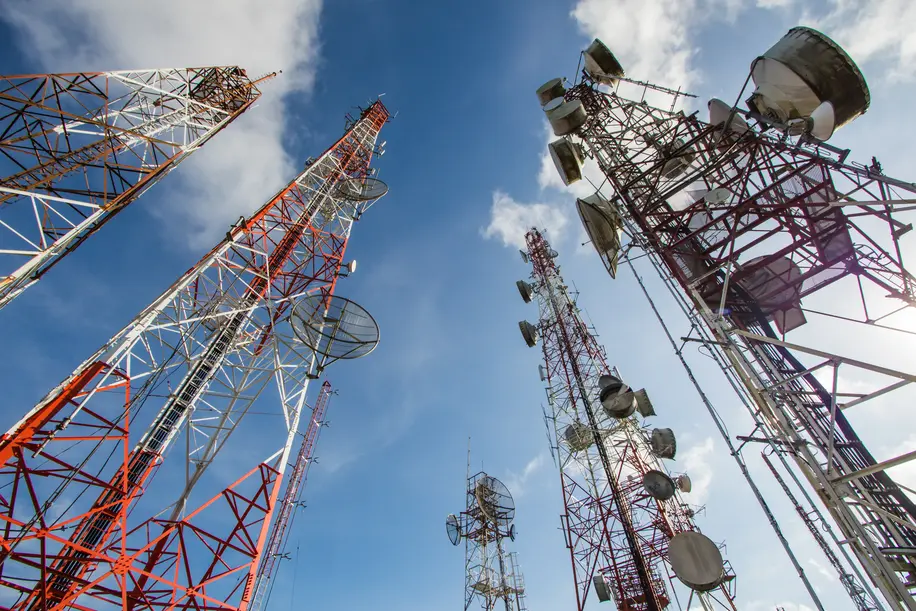
Scientists Develop Long-Lasting Mosquito Repellent
Inventions
Zaker Adham
02 August 2024
07 August 2024
|
Zaker Adham
Summary
Summary
Researchers at Leibniz University Hannover have pioneered a method to unify quantum and traditional internet using a novel "transmitter and receiver" approach for sending entangled photons through optical fibers.

This quantum internet leverages light particles, or photons, in a quantum state known as entanglement, promising unparalleled security for data transmission. "To make the quantum Internet a reality, we need to transmit entangled photons via fiber optic networks," said Michael Kues, Head of the Institute of Photonics and Board Member of the PhoenixD Cluster of Excellence at Leibniz University Hannover. "Our research is an important step to combine the conventional Internet with the quantum Internet."
Same Color Channel
As technology advances, so do the threats. Future quantum computers, with their immense processing power, could potentially break current encryption systems, making the quantum internet crucial for security. However, integrating it with existing internet infrastructure has been challenging.
In this study, researchers developed a mechanism to send both entangled photons and regular laser light through the same optical fiber. The experiment demonstrated that laser pulses do not disrupt photon entanglement. By rapidly adjusting the color (frequency) of a laser pulse using an electrical signal, they matched it to the color of the entangled photons, allowing both to travel through the same optical cable without interference.
"We can change the color of a laser pulse with a high-speed electrical signal so that it matches the color of the entangled photons. This effect enables us to combine laser pulses and entangled photons of the same color in an optical fiber and separate them again," explained Philip Rübeling, a doctoral student at the Institute of Photonics. This is the first time researchers have shown that photons can be transmitted in the same color channel as laser light.
Advancing Telecommunications
This breakthrough allows traditional internet data (via laser pulses) and quantum information (via entangled photons) to share the same fiber optic cable. "The entangled photons block a data channel in the optical fiber, preventing its use for conventional data transmission," added Jan Heine, a doctoral student in Kues’ group.

Previously, entangled photons occupied an optical fiber’s full bandwidth, hindering regular data transfer. This new approach enables both to coexist, enhancing the fiber’s capacity.
This experiment could significantly advance telecommunications by integrating the quantum internet into existing fiber optic infrastructure. "Our experiment shows how the practical implementation of hybrid networks can succeed," Kues concluded.

Inventions
Zaker Adham
02 August 2024

Inventions
Zaker Adham
18 July 2024

Inventions
Zaker Adham
17 July 2024

Inventions
Zaker Adham
17 July 2024